Predicting Disaster Impacts

We develop applications that leverage AI and satellite imagery to analyze the impacts of extreme weather and natural disasters, supporting corporate decision-making.
Cutting-edge AI models from academic research are also reproduced, and proof-of-concept experiments are conducted to verify their practical effectiveness.
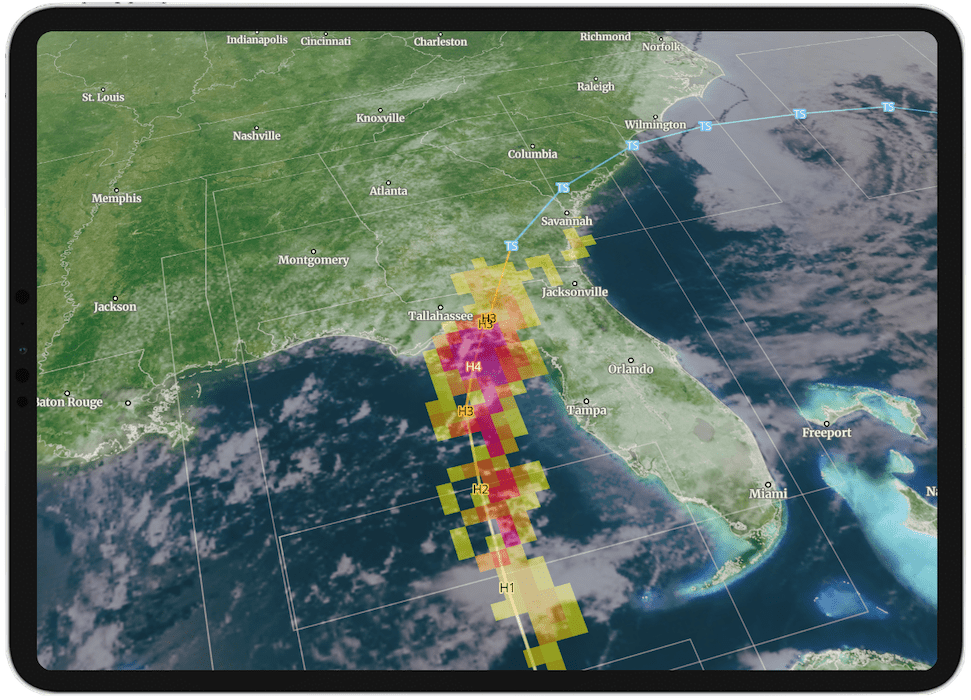
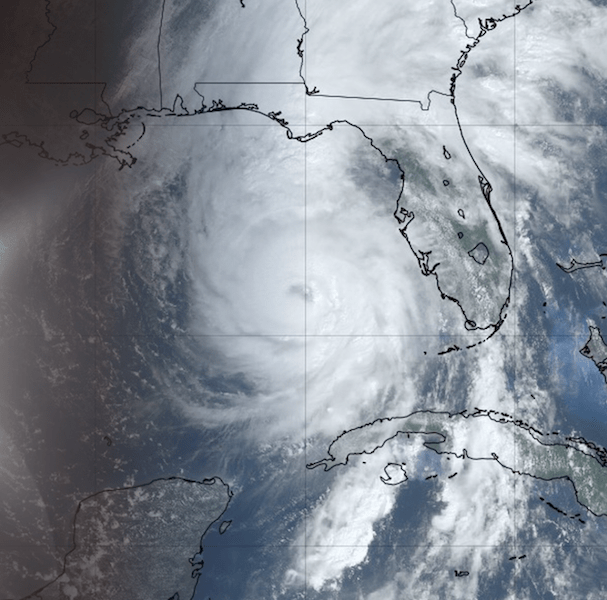
Challenges During Disasters
Extreme weather and natural disasters have serious impacts on society and businesses.
However, many companies and municipalities lack sufficient means to accurately and promptly assess these risks in real time.
Traditional forecasting methods alone make it difficult to predict disaster risks at a level useful for practical applications.
Our Solutions
Vesta integrates satellite data, AI weather models, and application development to deliver advanced predictive analytics solutions.
This enables clients to visualize, forecast, and analyze disaster impacts, reducing risks through quick and rational decision-making.
The approach also emphasizes transparency and accountability in model results, drawing on expertise in natural disaster domains.

Product Examples
Below, we introduce examples of our products.
Real-Time Damage Prediction
We are developing models that predict building damage in real-time for global weather disasters such as hurricanes and cyclones.
We build a worldwide building database and use it along with weather data to predict the number of damaged buildings.
The prediction results are published on YouTube.
Watch on YouTube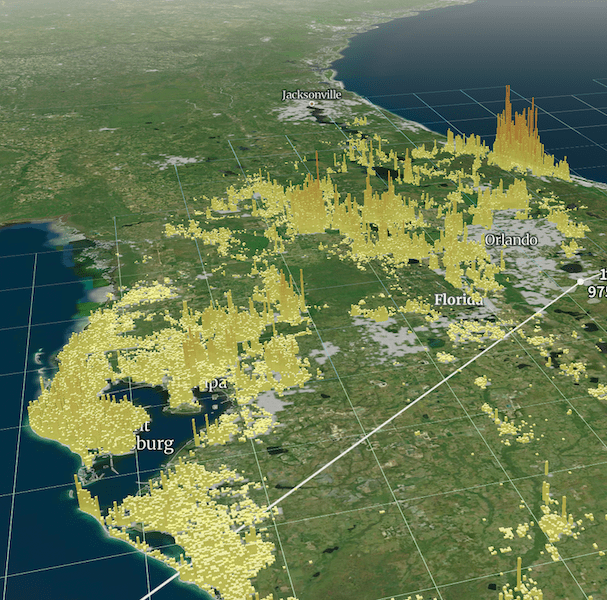
Wildfire Damage Analysis
We developed a model that evaluates the number of damaged buildings by wildfires using brightness temperature detected by VIIRS (Visible Infrared Radiometer Suite) on NOAA's Suomi satellites.
Since on-site surveys of wildfires take several days, model-based assessments help provide an early overview of the overall situation.
The analysis results are published on YouTube.
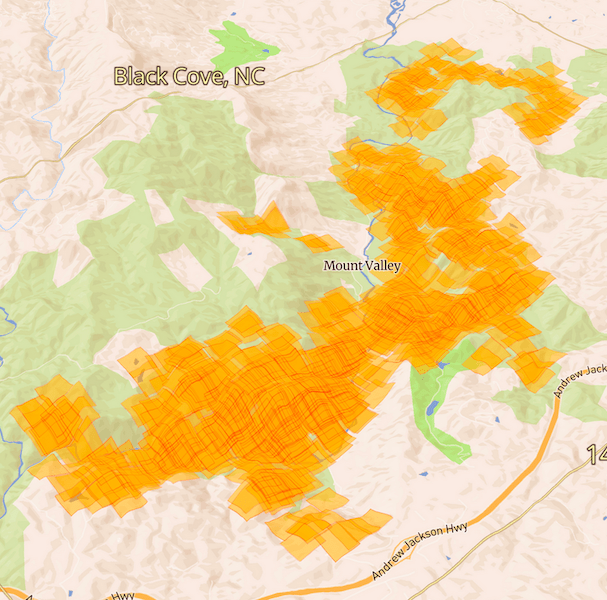
AI Weather Models
We are reproducing AI weather models based on the latest research papers, applying Transformer architectures for pattern recognition in meteorological fields.
The models cover a wide range from short-term forecasts to subseasonal-to-seasonal (S2S) forecasts, and their effectiveness in practical applications is being evaluated.
In addition, to improve forecast accuracy at specific locations, we apply various models such as Swin Transformer, U-Net++, and SegFormer.
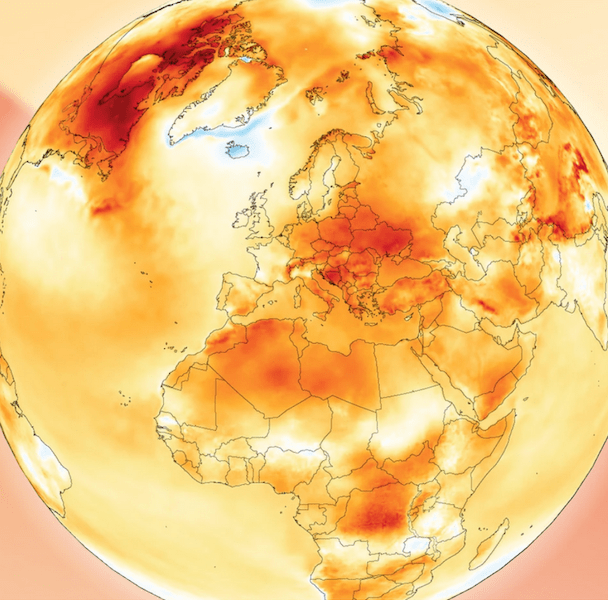
Weather Forecast App
To gain experience and insights in app development, we released an in-house developed app.
The main features include a 24-hour clock UI design, highly reliable and accurate weather forecasts, and calendar synchronization.
Over 100,000 downloads with an average rating of 4.3
 Get It From
Appstore
Get It From
Appstore
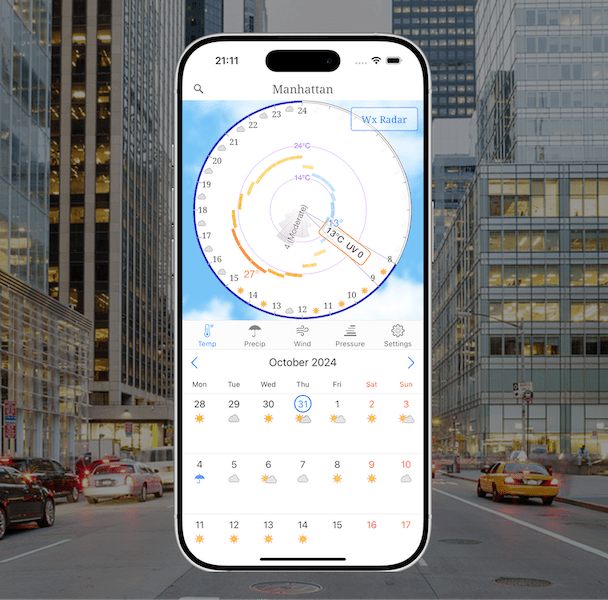
Frequently Asked Questions
What kind of people are on the team?
Our team members are highly interested in meteorology, natural disasters, and disaster prevention, and have professional research experience in these fields. We also collaborate with highly skilled engineers and designers specializing in app development.
What sets you apart from other companies?
Many companies can develop apps, and there are also a number of companies with expertise in meteorology, natural disasters, and disaster prevention. However, few companies deeply understand both and can combine technical skills and expertise to create innovative products. We leverage this uniqueness as our strength to provide value that cannot be found elsewhere.
What kinds of applications can you develop?
We are capable of full-stack application development, appropriately handling everything from backend to frontend while taking maintenance and operation into consideration. Additionally, by generating valuable data through machine learning and integrating it into the application, innovative products can be developed.
What is the duration of a pilot experiment?
The duration depends on factors such as the type of data used, the target region, and the desired accuracy. For example, verifying the feasibility of introducing a seasonal forecast in the tropics using an AI weather model would take approximately 3-4 months.